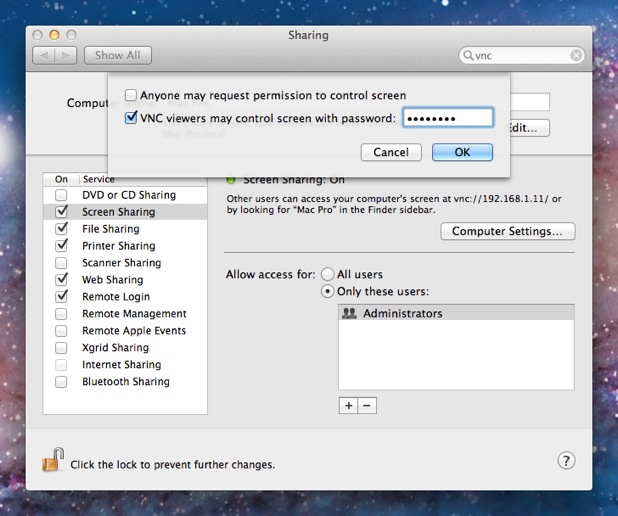
/HowtoSpecifyaPreferredSMTPServerforaMacOSXMailAccount2016-01-04-568a7f403df78ccc153b7b78.png)
You’ll find answers to many OS X Server-related questions, including: To download these older books, once you’ve bought this title, click Ebook Extras (page 3 of the PDF) and look in the blog. And those who have OS X Server 4, also known as Yosemite Server, can download the 1.1 version. Readers who have OS X Server 3, known as Mavericks Server, should download the 1.0 version of this book. Older versions? This book describes 10.11 El Capitan and OS X Server 5. A final chapter offers advice on how to keep your server running smoothly. You’ll learn how to set up file sharing, create shared calendars, run your own Web server and wiki, coordinate Mac and iOS software updates for your users, manage your organization’s iOS devices (MDM), and provide networked Time Machine backups, among much else.


Unless you know what to enter and why, your server won’t work, or worse, its important data will be vulnerable to outside attack or hardware failure.įor anyone in a home or small office situation who needs help with OS X Server, Charles Edge draws on years of experience as the CTO of a national consultancy and managed services provider to give you the essential background explanations, step-by-step instructions, and real-world advice you need to set up and run OS X Server successfully. No matter how easy Apple makes working within the Server app, there are terms, concepts, and procedures you should understand before tackling server installation and management. We won’t beat around the bush - running Apple’s OS X Server requires a lot more knowledge and effort than most other activities on the Mac.


 0 kommentar(er)
0 kommentar(er)
